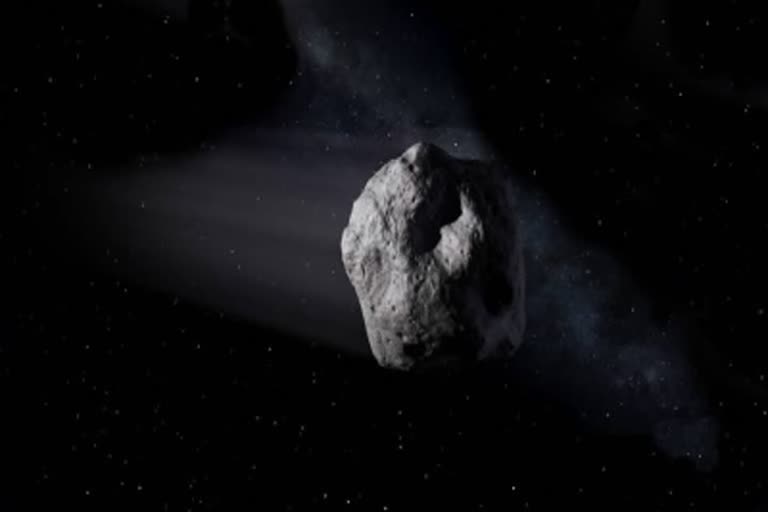Tokyo: Water and organic matter was brought to Earth by asteroids, finds Japan's Hayabusa2 space probe. The findings, published in the scientific journal Nature Astronomy explains the mystery of how the Earth, which consisted almost entirely of molten magma in its initial formation, came to be covered in water, Kyodo News reported.
A team of astronomers from Japan Aerospace Exploration Agency drew the analysis based on samples from the Ryugu asteroid collected by the Hayabusa2 space probe. "In a broad sense, it is possible that small celestial bodies brought things that led to water and life on Earth," Motoo Ito, a senior researcher of geomaterials science at the Japan Agency for Marine-Earth Science and Technology, was quoted as saying.
In December 2020, a capsule that had been carried on a six-year mission by Hayabusa2 delivered more than 5.4 grams of surface material to Earth from the Ryugu asteroid, located over 300 million km away. While Ryugu particles displayed a close compositional match to that of Earth's water, there were some slight differences, leading researchers to hypothesise that Earth may have also sourced its water from places other than asteroids, the report said.
Also read:Scientists shed new light on Moon's origin
An analysis of eight particles, totalling approximately 59 milligrams, from the Ryugu asteroid found in almost all of them organic matter and water not in liquid form but a hydroxyl group consisting of one oxygen atom bonded to one hydrogen atom, with a composition similar to that of water contained in cosmic dust and comets.
Protected by a "cradle" of phyllosilicates, they were believed to have endured harsh environmental changes after leaving the outer solar system, where water and organic matter are present. Organic areas comprising a matter known as aliphatic hydrocarbon were also found within the relatively coarse-grained phyllosilicates. The surrounding coarse grains, which are more resistant to heat, may have prevented water and the organic matter from being altered by the environment, the report said.
Hayabusa2 left Earth in 2014 and reached its stationary position above Ryugu in June 2018 after travelling 3.2 billion km on an elliptical orbit around the Sun for more than three years. The probe touched down on the asteroid twice the following year, collecting the first-ever subsurface samples from an asteroid. Researchers have previously found that Ryugu, born from a parent body formed in the outer solar system, travelled to the inner solar system and that its particles contain amino acids - organic compounds said to be the "source of life." (IANS)
